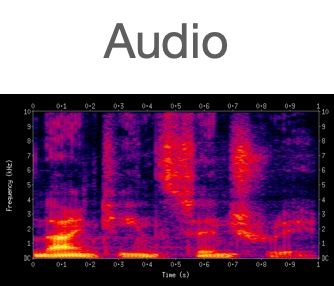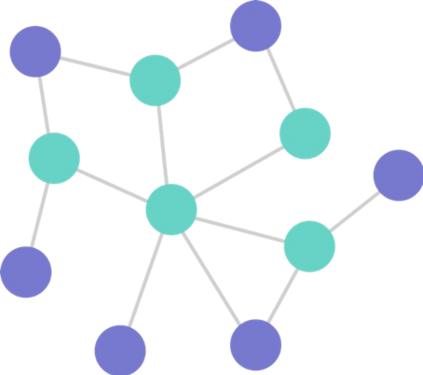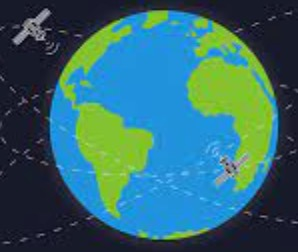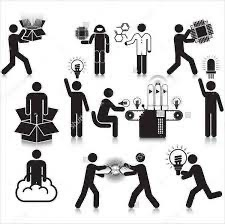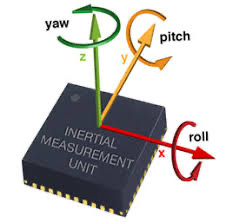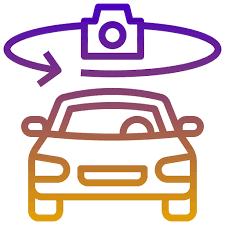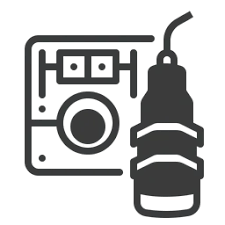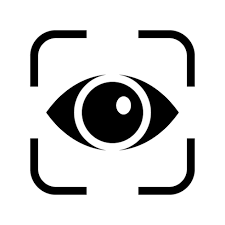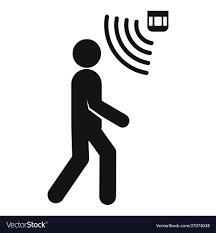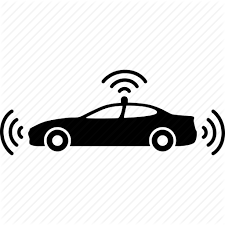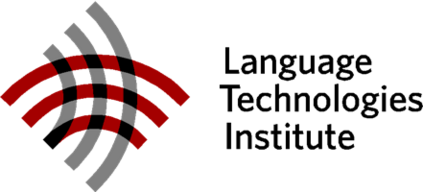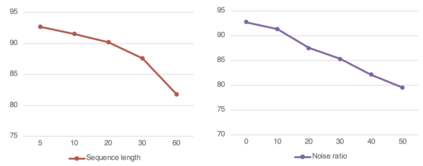The Internet of Things (IoT), the network integrating billions of smart physical devices embedded with sensors, software, and communication technologies for the purpose of connecting and exchanging data with other devices and systems, is a critical and rapidly expanding component of our modern world. The IoT ecosystem provides a rich source of real-world modalities such as motion, thermal, geolocation, imaging, depth, sensors, video, and audio for prediction tasks involving the pose, gaze, activities, and gestures of humans as well as the touch, contact, pose, 3D of physical objects. Machine learning presents a rich opportunity to automatically process IoT data at scale, enabling efficient inference for impact in understanding human wellbeing, controlling physical devices, and interconnecting smart cities. To develop machine learning technologies for IoT, this paper proposes MultiIoT, the most expansive IoT benchmark to date, encompassing over 1.15 million samples from 12 modalities and 8 tasks. MultiIoT introduces unique challenges involving (1) learning from many sensory modalities, (2) fine-grained interactions across long temporal ranges, and (3) extreme heterogeneity due to unique structure and noise topologies in real-world sensors. We also release a set of strong modeling baselines, spanning modality and task-specific methods to multisensory and multitask models to encourage future research in multisensory representation learning for IoT.
翻译:暂无翻译


